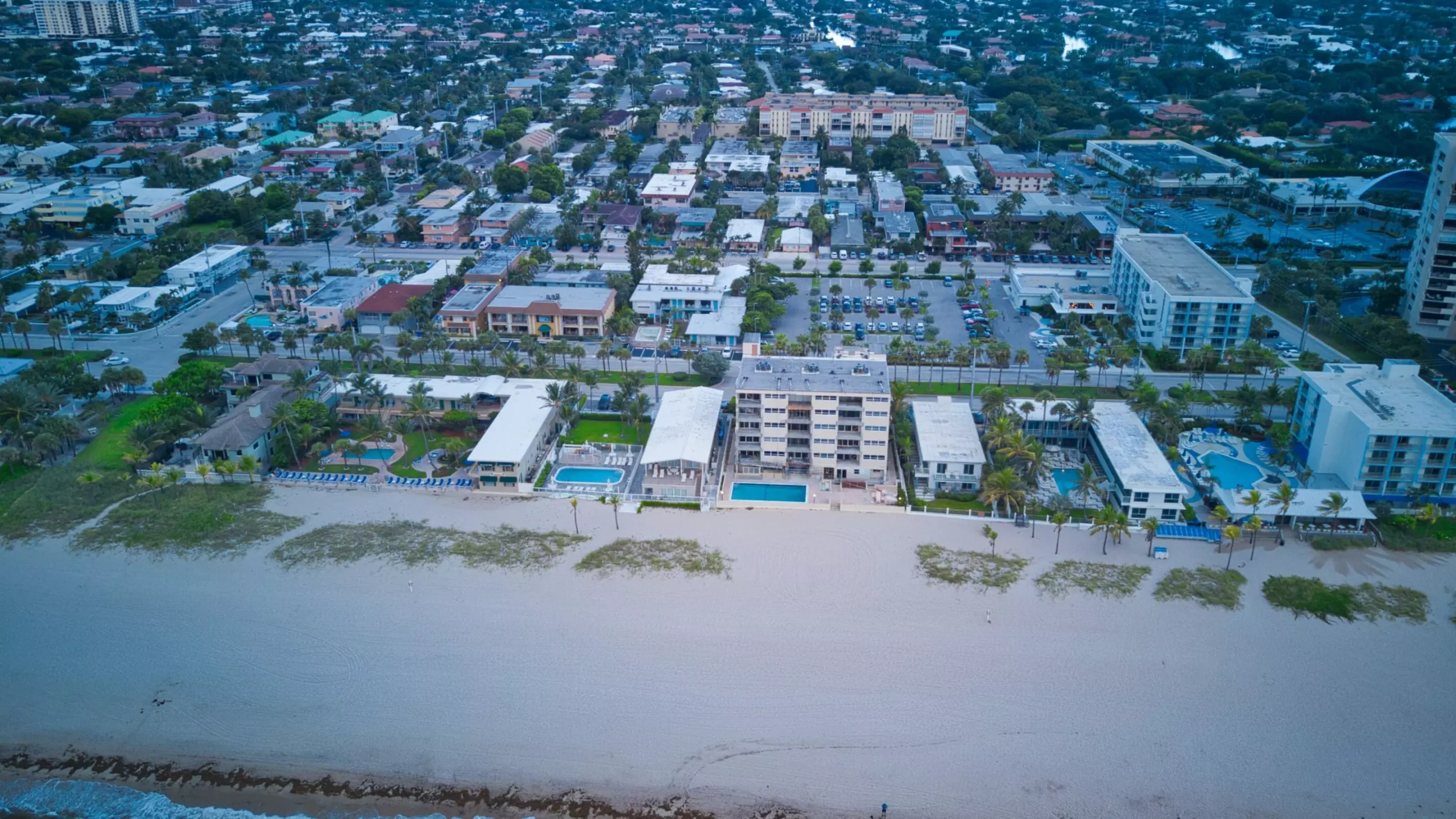In a world beset by alarming climate phenomena—from unprecedented wildfires and intensifying storms to crippling floods and extreme heatwaves—the narrative surrounding climate change often feels overwhelmingly bleak. Nevertheless, a recent study led by researchers at Dartmouth College provides a glimmer of hope by challenging some of the most extreme projections about global sea level rise linked to the melting polar ice caps. This article aims to explore the findings of this study, its implications, and how it reshapes our understanding of future sea levels.
The Intergovernmental Panel on Climate Change (IPCC) has long been a cornerstone for global climate data and projections. Its sixth assessment report, released last year, introduced a concerning scenario in which the destabilization of Antarctica’s ice sheets might result in sea-level rise more significant than previously anticipated. The report suggested that Antarctica could contribute to a global sea-level increase of up to 50 feet by the year 2300 under certain conditions, with the possibility of submerging vast expanses of land, including large parts of Florida. However, the report explicitly categorized this dire prediction as a “low likelihood” scenario.
The focus of the IPCC’s alarming estimates hinges on a newly proposed mechanism known as Marine Ice Cliff Instability (MICI). This theoretical framework posits that if the ice shelves—the floating extensions of glaciers—were to collapse abruptly, the resultant exposure of tall ice cliffs could trigger a cascade of further destabilizations, resembling a row of dominos that eventually lead to extensive ice loss. Although this proposition carries a degree of scientific intrigue, it has been questioned for its robustness, primarily because it relies on single low-resolution models that might overlook the complexities of ice dynamics.
The Dartmouth-led research challenges the existing model utilized in the IPCC report, employing three high-resolution simulations to offer a fresh perspective on the dynamics involved in ice sheet retreat. The pioneering study specifically analyzes the Thwaites Glacier—a colossal piece of ice notorious for its potential to significantly elevate sea levels. Notably, the researchers found that the glacier, despite being under threat, is unlikely to undergo the rapid collapse that MICI suggests.
Lead researcher Mathieu Morlighem emphasized that the research underlines a fundamental misunderstanding within the extreme projections presented in the IPCC report. The data indicate that using high-estimation models to inform policymaking, such as the construction of coastal defenses or the relocation of communities, could yield misleading results. While it is crucial to maintain a level of caution regarding climate change impacts, inflated projections can lead to misguided strategies that disrupt lives and communities.
Morlighem noted, “These projections are actually changing people’s lives. Policymakers and planners rely on these models and they’re frequently looking at the high-end risk…But high-end projections are important for coastal planning and we want them to be accurate in terms of physics.” The research does not minimize the threat posed by climate change; instead, it refines the models we use to prepare for its consequences.
Although the study presents a less alarming picture regarding MICI, other vulnerabilities within the polar ice sheets remain concerning. It is vital to recognize ongoing phenomena such as Marine Ice Sheet Instability (MISI), which suggests that glaciers located on downward-sloping submerged land may retreat more rapidly than initially anticipated when deprived of the support from ice shelves.
Dan Goldberg, a co-author of the study and glaciologist at Edinburgh University, affirmed, “While we did not observe MICI in the 21st century, this was in part because of processes that can lead to the MISI.” This acknowledgment highlights the importance of continuing research to understand and anticipate the possible impacts of multiple, well-established mechanisms that contribute to ice loss.
The new findings presented by the Dartmouth-led study can significantly influence how we frame the narrative around climate action and risk management. While the urgency to address climate change and mitigate its impacts cannot be overstated, adopting a more nuanced understanding of the mechanisms at play allows for better-informed decisions in terms of policy and infrastructure.
While the threats posed by climate change continue to evolve, the insights garnered from recent research not only urge a reevaluation of notable projections but also call for a balanced discourse that harmonizes caution with a dose of optimism. Instead of fostering despair, let us cultivate a deeper understanding of our planet’s dynamics—one that empowers society to devise effective strategies for a sustainable future.


Leave a Reply